Motion compensation is just optimization of frame encoding. If we talk about motion vectors, this is "block motion compensation", as defined in Wikipedia:
Block motion compensation divides up the current frame into non-overlapping blocks, and the motion compensation vector tells where those blocks come from (a common misconception is that the previous frame is divided up into non-overlapping blocks, and the motion compensation vectors tell where those blocks move to). The source blocks typically overlap in the source frame. Some video compression algorithms assemble the current frame out of pieces of several different previously-transmitted frames.
So, motion vector is not "move the block from old frame", it is (intra-) encoding of current frame's macroblocks, when some blocks are copied from older frame with some small shift (and some blocks can be copied several times from previous frame into current; and most block are copied with zero motion vector). In theory we can encode new frame by its macroblocks, but with help of motion compensation we have change to get lot of image information from previous frames and encode less. Parts of images which are not compensated are encoded with image macroblocks.
Example from other Wikipedia page from "Big Buck Bunny" free film:
Frame with motion vectors displayed, dots are zero vectors
Residual image after motion compensation to be encoded
There is good description of the encoding/decoding processes in H.264 but in russian: http://www.compression.ru/dv/course/compr_h264.pdf (from http://www.compression.ru/video/ site)
And description of motion compensation in English: http://inst.eecs.berkeley.edu/~ee290t/sp04/lectures/02-Motion_Compensation_girod.pdf (prediction error is encoded, and completely new image will be is almost fully mispredicted. Background image has low frequency of information and most probably will be motion compensated by some of nearby background block.)

